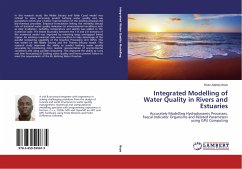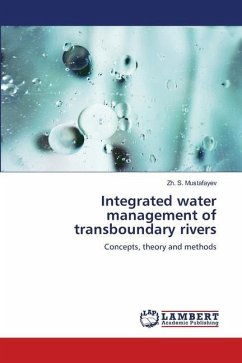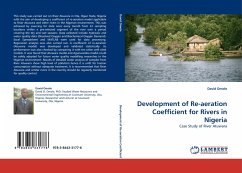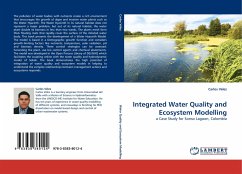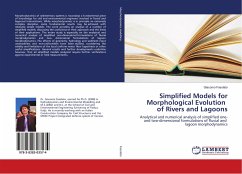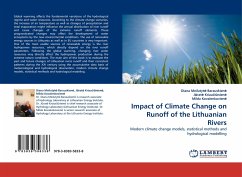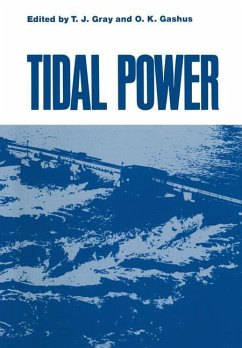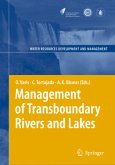In this research study, the Ribble Estuary and Fylde Coast model was refined to more accurately predict bathing water quality and use parameters which give a better representation of the existing physical and bio-chemical processes. Empirical formulation linking the mortality (decay) rate of bacterial water quality indicators to environmental conditions such as solar irradiation, turbidity, temperature and salinity was added to the numerical code. The linked boundary between the 1-D and 2-D domains of the numerical model was improved by removing large overlapped linked region. An existing numerical code was rewritten to take advantage of the parallel computing capability of the Graphics Processing Unit (GPU). This was tested on the Ribble Estuary and the Thames Estuary model. This research study improved the ability to predict bathing water quality accurately by introducing more realistic representation of environmental conditions and using parallel computing. This improved the ability to carry real time forecasting of bathing water quality and hence prevent failure to meet the requirements of the EU Bathing Water Directive.
Bitte wählen Sie Ihr Anliegen aus.
Rechnungen
Retourenschein anfordern
Bestellstatus
Storno

